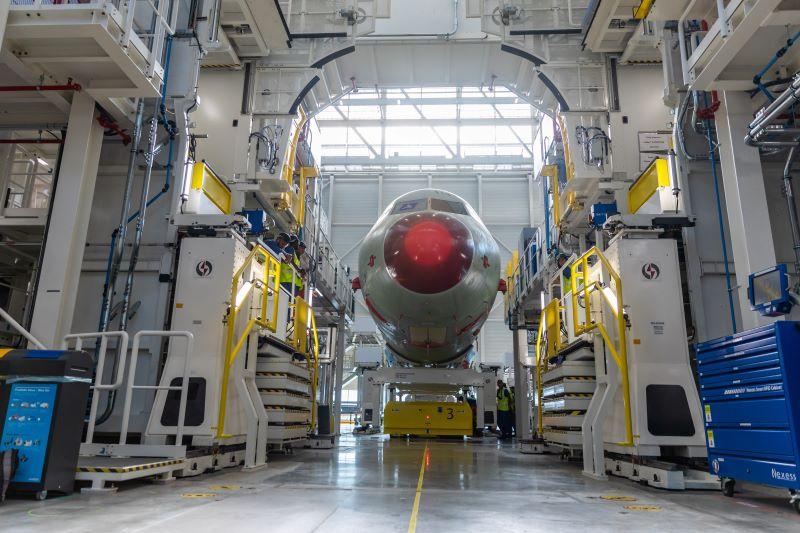Airbus Cuts Commercial Aircraft Production Targets, Records Space Charges

Airbus A321neo fuselage
Credit: Airbus SAS 2023
SEATTLE—Airbus no longer expects to reach its target of producing 75 A320neo family aircraft per month in 2026 and has cut back its delivery guidance for 2024. The decisions come as the manufacturer is suffering from renewed constraints in its supply chain that make the targets unrealistic. Airbus...
Subscription Required
Airbus Cuts Commercial Aircraft Production Targets, Records Space Charges is published in Aerospace Daily & Defense Report, an Aviation Week Intelligence Network (AWIN) Market Briefing and is included with your AWIN membership.
Already a member of AWIN or subscribe to Aerospace Daily & Defense Report through your company? Login with your existing email and password.
Not a member? Learn how you can access the market intelligence and data you need to stay abreast of what's happening in the aerospace and defense community.





